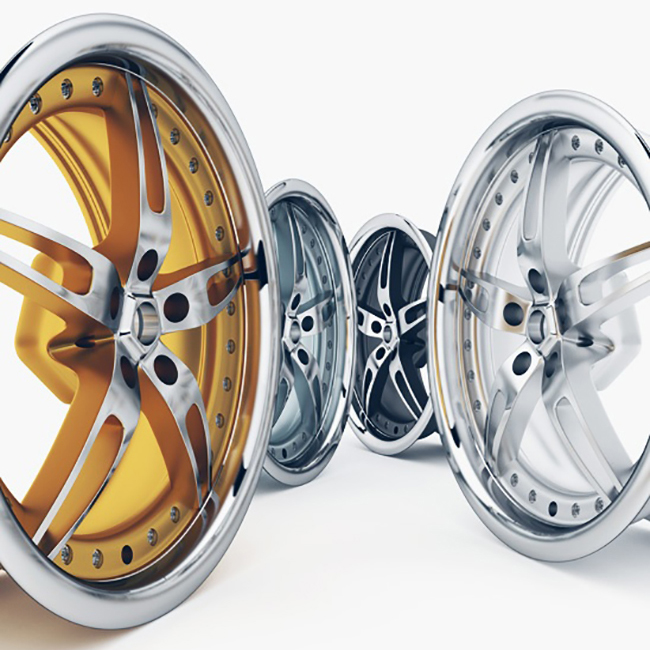Understanding Oil Seal Dimensions for Improved Mechanical Sealing Performance in Various Applications
Understanding Oil Seal Dimensions A Key to Effective Sealing Solutions
Oil seals, also known as rotary shaft seals or lip seals, play a pivotal role in various mechanical systems. They are important components designed to keep lubricants contained within a machine while preventing dirt, dust, and other contaminants from entering. The effectiveness of an oil seal is significantly influenced by its dimensions, which must be carefully selected according to the specific requirements of the application.
Importance of Dimension in Oil Seals
The dimensions of an oil seal are critical in determining its performance and longevity. Key dimensions to consider include the outer diameter (OD), inner diameter (ID), and the width of the seal. Each of these dimensions must align with the corresponding parts of the machinery where the seal will be installed. An improper fit can lead to leakage, premature wear, and eventual failure of the sealing component.
1. Outer Diameter (OD) This is the total diameter of the oil seal, which fits into the housing of the equipment. It is essential that the OD matches the bore size of the housing to ensure a secure fit. If the OD is too small, the seal may not sit securely, allowing oil to leak. Conversely, if it's too large, it can be difficult to install and may cause damage during the assembly process.
2. Inner Diameter (ID) The ID is the diameter through which the shaft passes. It is crucial for the seal to fit snugly against the shaft to prevent leakage along the shaft's surface. A proper ID ensures minimal clearance, which is vital for maintaining the necessary sealing force. An ill-fitting ID can lead to excessive wear on both the seal and the shaft, resulting in costly downtime and repairs.
3. Width The width of the oil seal impacts its strength and durability. A wider seal can distribute stress more evenly and often provides better sealing capabilities under higher pressures. However, it also needs to be compatible with the available space within the machinery. Selecting the right width balances performance with practical installation concerns.
oil seal dimension

Factors Influencing Oil Seal Dimension Selection
Choosing the right oil seal dimensions involves considering multiple factors such as operating conditions, fluid type, and temperature ranges
. An application requiring a seal to endure high temperatures may necessitate specific materials and dimensions that are engineered to withstand thermal expansion and other stresses.Environmental conditions play a significant role as well. For instance, seals exposed to abrasive materials or corrosive environments might require heavier-duty seals with larger dimensions to accommodate additional material and enhance durability.
The Role of Standards in Oil Seal Dimensions
Manufacturers often adhere to industry standards when producing oil seals. These standards help ensure compatibility and performance across different applications. Common standards include those set forth by organizations such as the American National Standards Institute (ANSI), the International Organization for Standardization (ISO), and others. Understanding these standards can assist engineers and purchasing managers in selecting the right oil seals for their needs.
Conclusion
In conclusion, the dimensions of oil seals are fundamental to achieving effective sealing in mechanical systems. By carefully considering the outer diameter, inner diameter, and width of the seal, along with the specific operational requirements and environmental conditions, one can select the ideal oil seal. Properly dimensioned oil seals enhance the longevity and performance of machinery, reducing the risk of failure and minimizing maintenance costs. As various industries evolve, the demand for precise and reliable sealing solutions continues to grow, underscoring the importance of understanding oil seal dimensions in engineering and manufacturing contexts.
-
Understanding Automotive Oil Seals: Essential Components for Engine and Shaft Protection
News Jul.30,2025
-
The Importance of Heavy Duty Seals in Industrial and Residential Applications
News Jul.30,2025
-
Exploring Industrial Oil Seals: From Felt Oil Seals to TTO and CFW Solutions
News Jul.30,2025
-
Essential Guide to Oil Seals: From Radial to Metal-Cased Seals for Industrial Reliability
News Jul.30,2025
-
Choosing the Right Oil Seals and Gaskets for Industrial and Automotive Applications
News Jul.30,2025
-
Cassette Seals: Durable Sealing Solutions for Harsh Environments
News Jul.30,2025
-
Understanding the Front Main Engine Seal: Purpose, Maintenance, and Installation
News Jul.29,2025
Products categories















